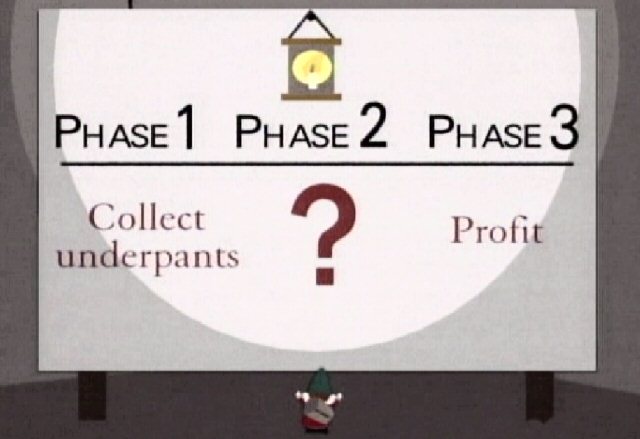From time to time, dear readers, your humble blogger has been asked why he does not comment on unpublished decisions. As you know dear, readers, unpublished decisions are un-cite-able (although your humble blogger has a crackpot idea on how to get around that one and is waiting for an opportunity to try it). This fine workers’ compensation defense lawyer asks you to take Hart, as you read the following employer-unfriendly post.
In the case of Hart v. Workers’ Compensation Appeals Board and Chief Auto Parts Auto Zone, applicant had a string of defeats until the case came before the Court of Appeal. Applicant claimed he sustained an injury in 1999, and the matter was initially resolved, only to be reopened in 2004 for additional impairment both in the form of pain and to applicant’s functionality.
The parties stipulated to temporary disability for a time, primarily based on applicant’s injury to his shoulders (this was one of those cases where one shoulder was injured, leading to over-use and subsequent injury to the other). The parties convened for a trial in 2009, at which time the workers’ compensation Judge issued a ruling on the raised issue of right to medical treatment for the shoulders.
However, when applicant sought additional temporary disability benefits because of impairment due to the cervical spine and neck, the defense cried havoc and let slip the dogs of war. The cut-off date to claim new and further disability had been 5 years since the date of injury (1999) and had never raised the cervical spine or neck as a claimed body part until the 2011 trial on the issue. If your humble blogger knew how to math (yes, math is a verb in this case), he could tell you exactly how many years has gone by since the date of injury. However, using his fingers, he can estimate that at least five years had passed since the 1999 injury by the time the cervical spine was being claimed in 2011.
So when the issue came before the WCJ, the ruling went in favor of the defense and barred this late addition of a new body part. The WCAB adopted the WCJ’s reasoning. Unfortunately, the Court of Appeal did not agree. The Court held that because the 2009 trial did not address the issue of applicant’s cervical spine claims, the matter was not properly heard before a decision on cervical spine-based TTD was made.
Additionally, the Court reasoned that temporary disability is a benefit made available in place of lost wages until the applicant’s condition is stabilized. If applicant’s original injury is still causing applicant to not be permanent and stationary, even if it is in a new body part, then the applicant is still entitled to TTD.
On the bright side, however, the Court ultimately held that it “expresses no opinion as to what the ultimate ruling should be” with respect to applicant’s entitlement to temporary disability, so the defense will still have a chance to escape liability for more TTD.

